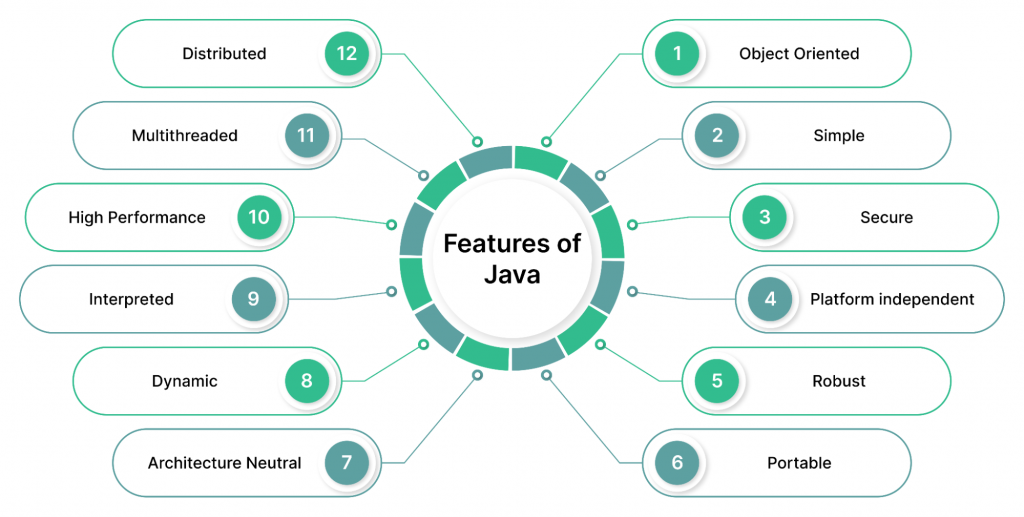
In the event that you are perusing this blog, we are almost certain that possibly you have completely moved to Kotlin for Android Improvement or you are wanting to move to Kotlin very soon. In any of the cases, this blog is an ideal counterpart for you. Thus, we should come to the heart of the matter.
In our Android application, we manage different assortments like records, maps, sets, and so on. We perform numerous procedure on these, however do you have any idea there are numerous Kotlin Assortment Works, that can make our life simpler. There is a high likelihood that to play out some operation(simple or complex) on any assortment, then, at that point, there should be some assortment capability that will make your entire Android Application improvement more straightforward and simpler.
In this blog, we will find out about a considerable lot of these Kotlin Assortment Capabilities. You can bookmark this blog and keep this blog as the cheat sheet for your Kotlin Assortment Capabilities. In this way, we should begin with a basic activity for example eliminating the copy strings from a cluster.
Contents
- 1 Convert a cluster or rundown to a string
- 2 Change an assortment into a solitary outcome
- 3 Find a specific component in view of a specific condition
- 4 Break your rundown into various sublists of more modest size
- 5 Making duplicates of the exhibit
- 6 Changing kind of assortment to other
- 7 Partner the information utilizing some key
- 8 Tracking down particular components in an assortment
- 9 Convergence of assortments
- 10 Keep the predefined components as it were
- 11 Channel an assortment in view of some condition
Convert a cluster or rundown to a string
You can change over a cluster or rundown into a string by utilizing joinToString . For instance, on the off chance that you are having a rundown of cities(Delhi, Mumbai, Bangalore), you can change over that rundown into a string, for example, “India is one the best country for the travel industry. You can visit Delhi, Mumbai, Bangalore, and so on, and partake in your days off”. Here, Delhi, Mumbai, Bangalore are the rundown things which you were having.
Change an assortment into a solitary outcome
To change a given assortment into a solitary outcome, then, at that point, you can utilize decrease capability. For instance, you can find the amount of the relative multitude of components present in a rundown:
Find on the off chance that all components are fulfilling a specific condition
On the off chance that you have an exhibit or rundown of information components and you need to find whether every one of the components are fulfilling a specific condition, then, at that point, you can involve all in Kotlin.
Find a specific component in view of a specific condition
You can find a specific component from a rundown of components that is fulfilling a specific condition by involving find and single in Kotlin. For instance, out of a rundown of understudies, you can find the understudy having roll number 5.
The find returns the main component matching the given condition or invalid assuming no such component was found.
While single returns the single component matching the given condition or it will toss an exemption assuming that there are more than one matching component or no matching component in the rundown.
Break your rundown into various sublists of more modest size
There are many situations when you have a greater rundown and you need to isolate it into more modest parts and afterward play out some procedure on those sublists. Thus, this can be handily accomplished utilizing the lumped capability.
Making duplicates of the exhibit
You can make duplicates of your current exhibit by utilizing different capabilities, for example,
copyInto : This will supplant the components of one cluster into another exhibit or it will toss an exemption on the off chance that the objective exhibit can’t hold the components of the first cluster because of size imperatives or the records are beyond the field of play.
Likewise, there are different capabilities that can be utilized to duplicate the components of a cluster. For instance:
copyOfRange(fromIndex, toIndex) : Returns another cluster which is a duplicate of the predetermined scope of the first exhibit.
copyOf() or copyOf(newSize) : Returns another exhibit which is a duplicate of the first cluster, resized to the given newSize, or on the other hand on the off chance that the newSize isn’t passed then the entire cluster will be replicated.
Changing kind of assortment to other
Contingent upon the circumstance, you can change the sort of assortment. Here, possibly you can change the kind of one assortment to one more sort by making another assortment or by alluding to the more established one. For instance:
toIntArray , toBooleanArray , toLongArray , toShortArray , toByteArray , toDoubleArray , toList , toMap , toSet , toPair , and so forth can be utilized to change the kind of one assortment to another sort.
Here, we are making another assortment and changes in the new assortment won’t be reflected in the more seasoned one. In any case, simultaneously, you can change the kind of assortment by holding the reference to the more seasoned one for example changes in a single assortment will consequently be reflected in the other. For this rather than to , we really want to use as .
For instance:
asIntArray , asLongArray , asShortArray , asByteArray , asList , and so forth.
Partner the information utilizing some key
On the off chance that you are having a rundown of information and you need to connect the information with the assistance of a few key present in your information component, then you can utilize associateBy .
In the above model, the key is phoneNumber and the worth is Contact. To have the entire Contact as the worth, then, at that point, you can basically pass the ideal worth like this:
Tracking down particular components in an assortment
We can utilize the unmistakable capability to get the rundown of novel components of an assortment.
Association of assortments
You can utilize the association capability to get the special components of two assortments. The request for the components of both the assortments will be safeguarded yet the components of the subsequent assortment will be added after the components of the principal assortment.
Convergence of assortments
To get the components that are normal in two assortments, you can utilize the converge capability which returns a set containing the normal component of the two assortments.
Keep the predefined components as it were
On the off chance that in an assortment, you need to keep the predetermined components no one but you can utilize retainAll capability. Since this capability will adjust your rundown, so ensure that your rundown or exhibit is impermanent.
retainAll will return valid assuming any component is eliminated from the assortment any other way it will get back misleading.
Also, you can utilize removeAll to eliminate every one of the components of one assortment that are available in another assortment.
Channel an assortment in view of some condition
You can channel an assortment in light of specific circumstances by utilizing the channel. This profits a rundown containing components that fulfill the given condition.




